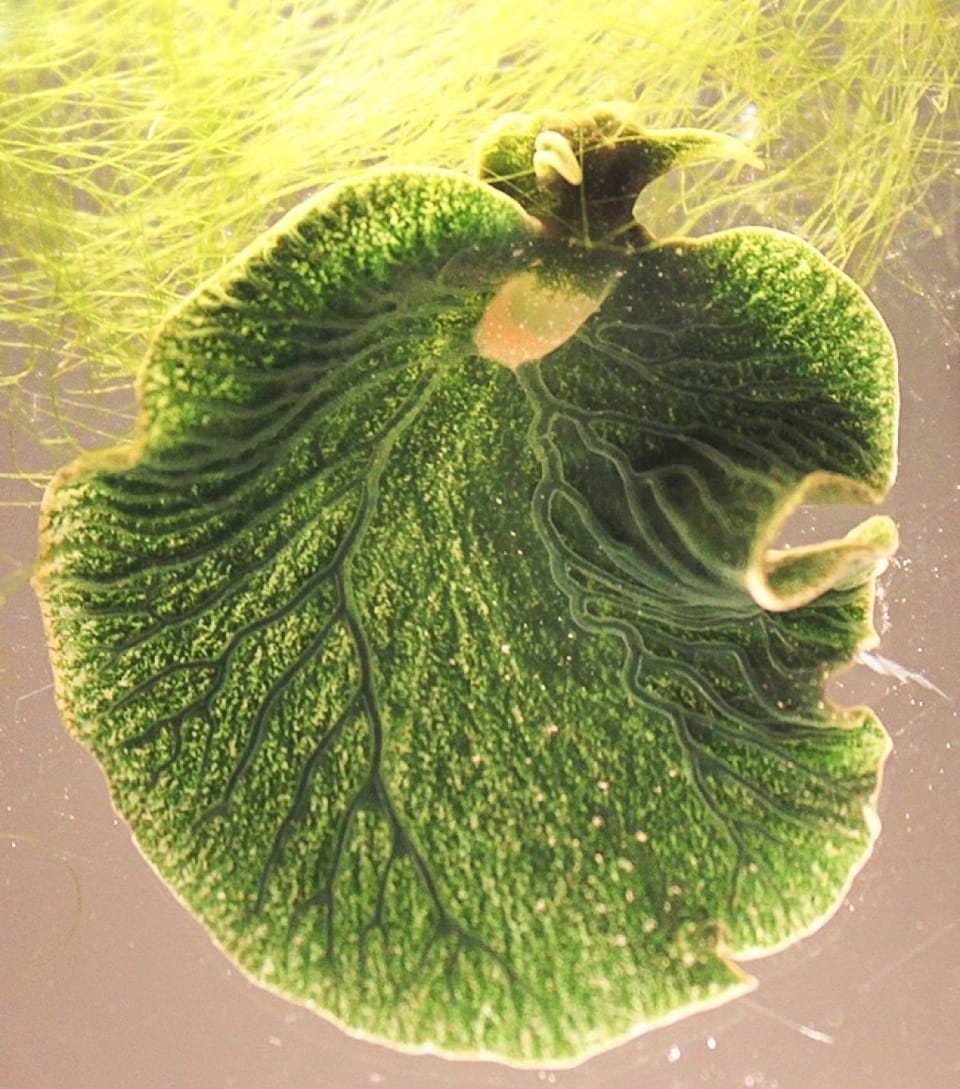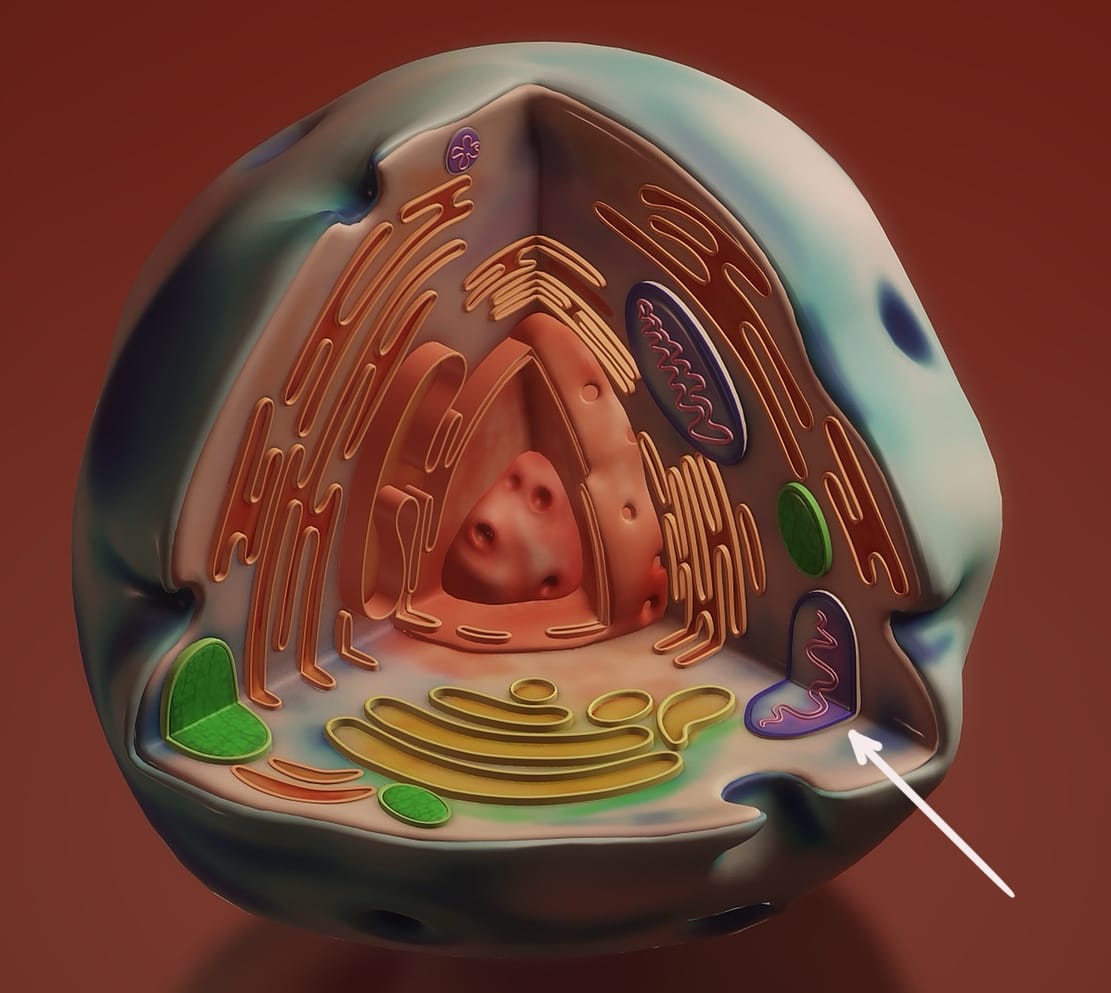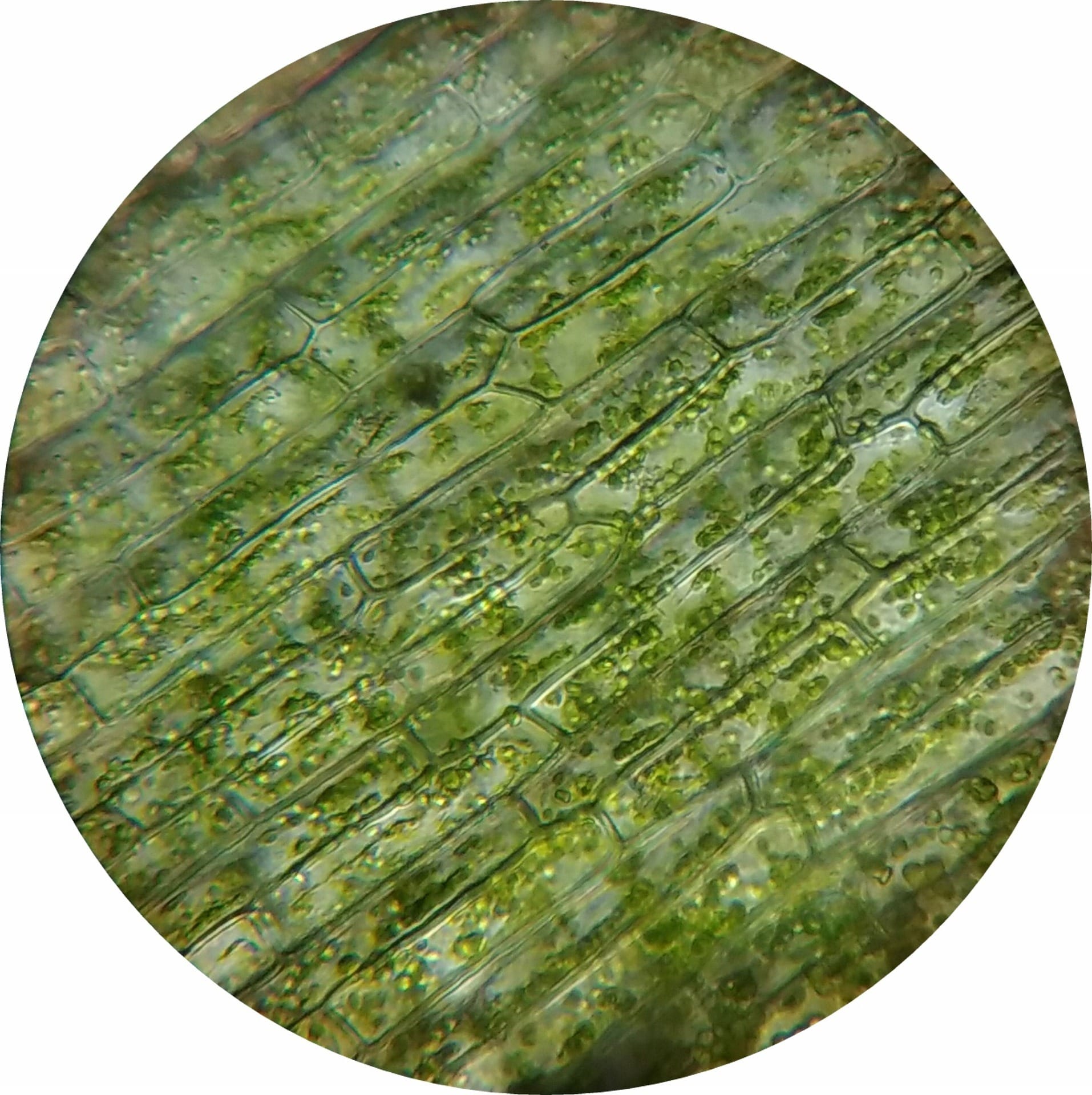Solar-powered Animals

I recently learned about a bizarre animal known as the Emerald Sea Slug, Elysia chlorotica, and I was fascinated by the ways this tiny creature blurs our expectations of what separates plants and animals.
Plants and animals are eukaryotes, which refers to the fact that they are organisms with a membrane-bound nucleus in each of their cells. And, included inside these cells are little organs called mitochondria that provide energy to power these cells.

In addition to mitochondria, plants also have organs called chloroplasts that make food for the plant using sunlight. What distinguishes plants and animals is that plants manufacture their own food, while animals can't make their own food and must find it by eating other organisms.

Then there's the emerald sea slug, which has chosen its own path. This blob-like marine animal found along the east coast of the United States begins its life by devouring plants (algae). It then sucks out the algae's chloroplasts, incorporates these chloroplasts into its own cells and starts photosynthesizing as if it were a plant.

Of course, the story is not this simple, and to understand things better we must circle back in evolutionary time. It is now widely believed that at beginning of the evolutionary tree, hundreds of millions of years ago, both mitochondria and chloroplasts were free-living bacteria that were then captured, but not killed, by plant and animal cells.
In exchange for providing a helpful service to plant and animals cells, these bacteria were offered a safe home, and over time this relationship became so cozy that bacteria handed much of their genetic code and functions to their host cells and became inseparable from these cells.
Chloroplasts can no longer function on their own, which means you cannot simply drink a solution of chloroplasts and have them continue photosynthesizing in your gut.
This prompts sea slugs do something unexpected. Not only do they collect chloroplasts from algae, they also "steal" the genetic code that algae use to keep chloroplasts alive, and then incorporate it into their own genetic code. Sea slugs acquire both chloroplasts from the foods they eat, as well as the operating code that keeps these chloroplasts alive!

Sea slugs live only a year, and they have the ability to keep chloroplasts alive for up to a year, so essentially, they can fill up on one big meal of algae, then spend the rest of their life living on photosynthesis alone.
Sea slugs ultimately end up being almost indistinguishable from the algae they eat, except that they move like animals. In this case, what is plant and what is animal?

Member discussion